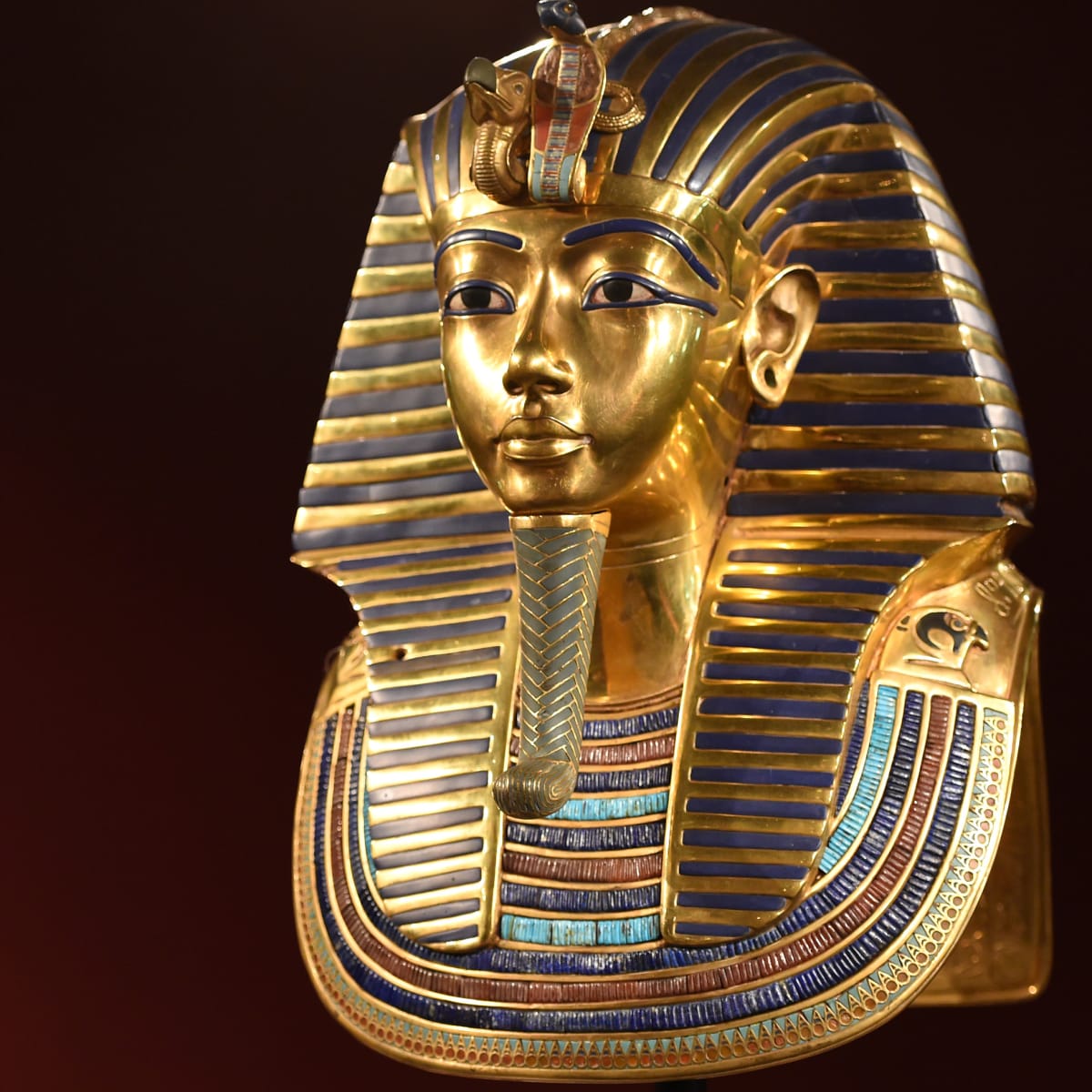Egyptologist Howard Carter and other excavators discovered the first stair to Tutankhamun's Tomb on November 4, 1922. The tomb that had remained hidden for over 3,000 years became the first known, intact royal tomb in ancient Egypt. Whereas most tombs in the Valley of the Kings were plundered, Tutankhamun's Tomb remained intact. Thankfully, the shifting sand hid the tomb and its content from robbers for decades. According to tradition, Tutankhamun was buried in a tomb after his death. His tomb was filled with treasures, jewelry, and valuable artwork.
The Missing Tomb
Carter arrived in Egypt in 1891, when most ancient tombs had already been discovered and excavated. However, Tutankhamun's Tomb was still unaccounted for by 1891. The little-known king who had ruled in the Eighteenth Dynasty died in 1323 BCE. He was interred like most Pharaohs. However, the 18-year-old king's tomb was dug into the valley floor and modified to fit most of the treasures.
King Tut Is Discovered
After World War 1, Cater and his team intensified their search for Tutankhamun's Tomb. On this day in history, November 4, 1922, the long search finally bore fruit. They located Tutankhamun's Tomb, hidden in the debris near King Ramses VI's tomb in the Valley of the Kings. However, they continued removing debris. Luckily, on November 26, 1922, Carter and Lord Carnarvon uncovered the second sealed door to the tomb.
Carter's diary captured a room filled with gold treasures after making a tiny breach through the doorway and peering into the tomb. It was not until later that the search team revealed the sarcophagus with Tut's mummy. Carter spent the next ten years excavating the tomb's content and helping archeologists document artifacts that would later prove helpful for scholars learning about ancient Egypt.

